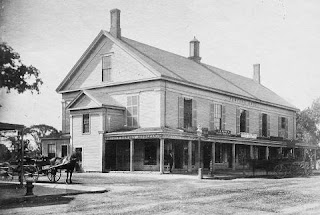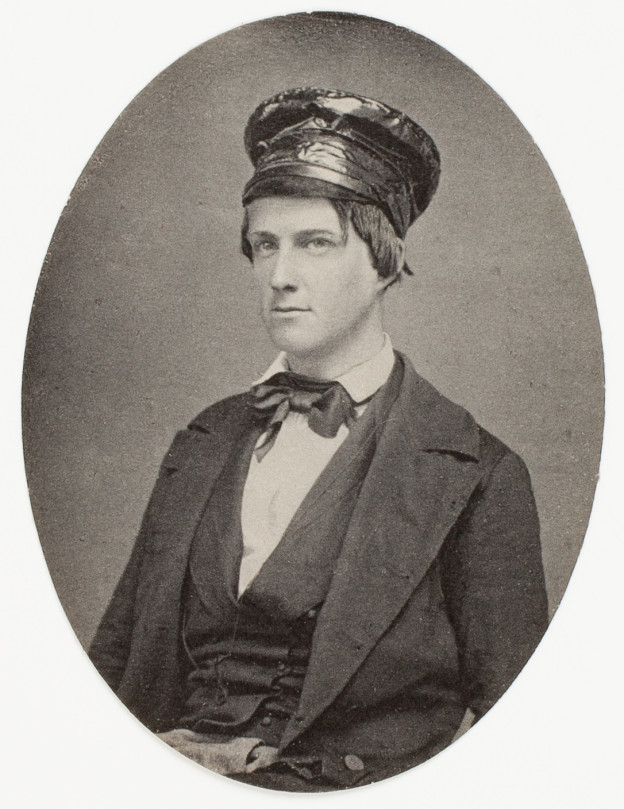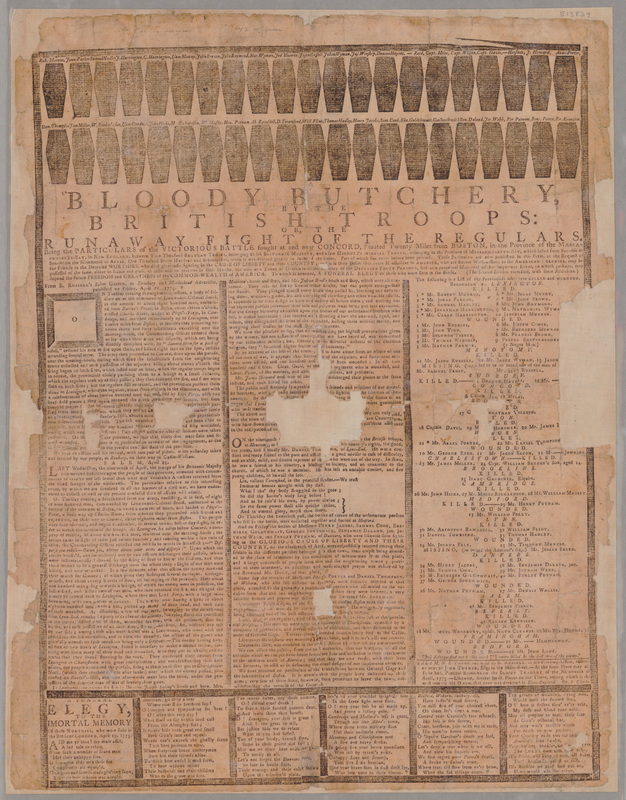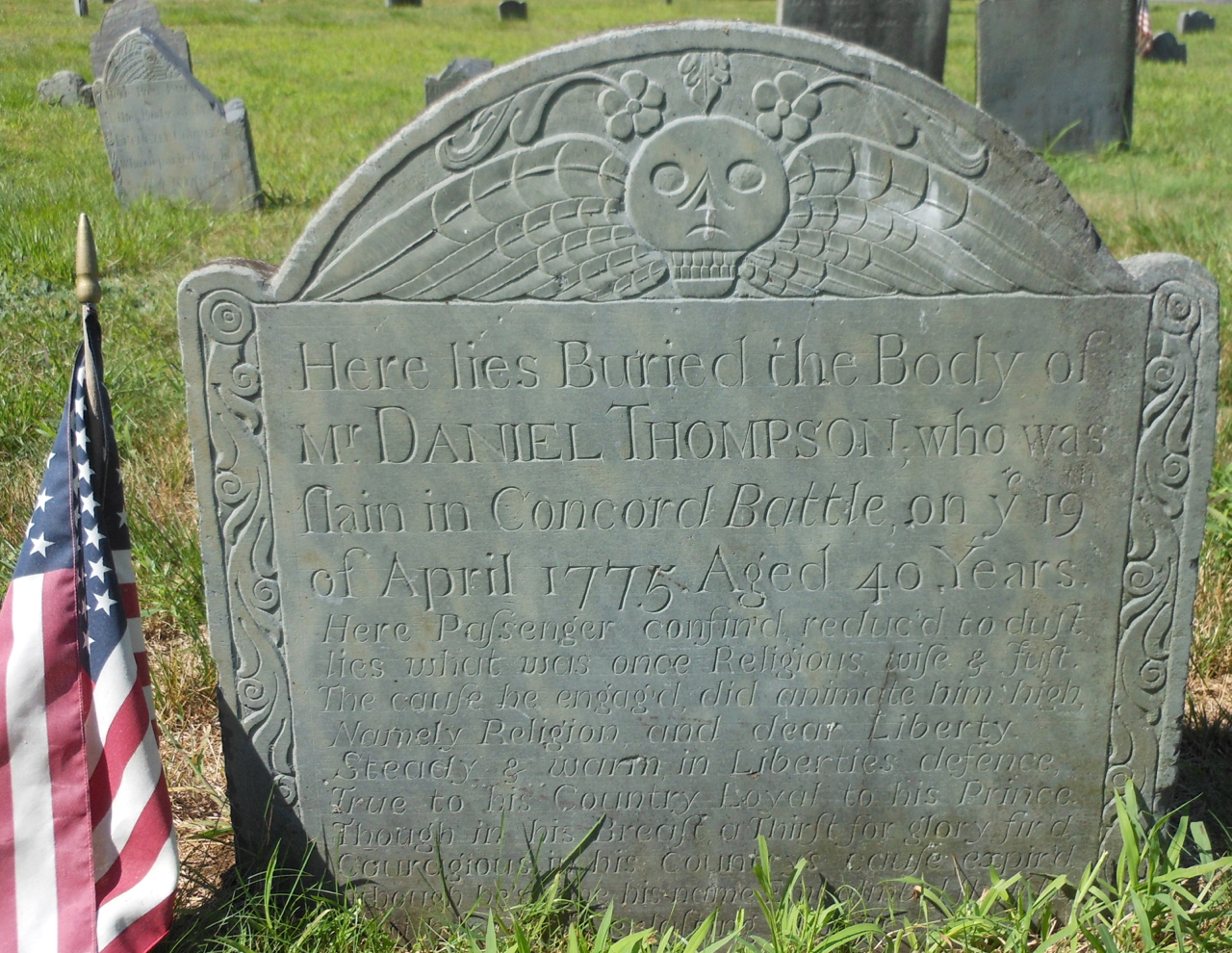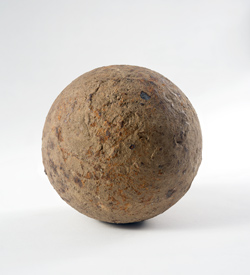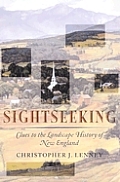“The healing power of Mesmerism and Pure Water”
Felch’s advertisement in the Worcester Palladium, illustrated with a man’s profile, stated that he had “been employed, within the last 2 years, to deliver nearly 40 courses of from six to eight Lectures, before not less than 11 or 12,000 persons.”
He now offered the people of Worcester his expertise on:
Phrenology, and its ApplicationAnd the first lecture in the Town Hall was absolutely free, if that’s how you wanted to spend the evening of 25 December.
to Government, Education, Social Intercourse, the Philosophy of Language, and of Rhetoric, and the Moral, Intellectual, and Physical Improvement of Mankind.
In April 1842 Felch offered eight lectures on phrenology in Boston’s North End, followed by seven in the vestry of the Fifth Universalist Church. After that, notices of his talks stop appearing in newspapers.
Felch continued to show an interest in phrenology. In November 1851, he assisted another practitioner, Dr. Noyes Wheeler, in lectures in Boston and then served as “chairman” of a meeting of Wheeler’s friends voting him a commendation.
By that time, however, Walton Felch had moved on to some other forms of healing. The first sign of this appears in a curious stretch of newspaper items in 1847 that stars with the 26 March Barre Gazette report of a robbery of James H. Desper’s store of goods and silver worth about $112.
Two weeks later, the Barre Patriot reported that “Dr W. Felch” had helped to found the Barre Falls Lyceum for the “easterly part of town.” He became its president, and Desper was steward. (I can’t help but wonder if that was the result of some dispute within the Barre Lyceum.)
On 28 May the Barre Gazette ran a notice saying:
Veto! Veto!! Veto!!!!“Pure Water” was a sign that Felch, now styling himself a physician, had adopted hydrotherapy as his principal field.
I, JAMES H. DESPER of Barre, having lately heard a variety of Reports apparently designed to raise a public prejudice against Dr. W. Felch, and theredy [sic] hinder him from giving proofs of the healing power of Mesmerism and Pure Water as applied by himself;—1st, that he was turned out of my house; 2d, that he injured the health of my wife and others while boarding here;—3d, that he has been suspected of breaking open our store, &c. &c. I hereby give notice, and my wife sets her signature with mine, that all these reports are most villainous falsehoods; which character, we doubt not, is common to all the reports against the same individual. . . .
And the enemies of reform ought to know that persecution is very much like a kicking gun—there is only one thing certain about it—that is, the kicking over of the fool that fires it off.
In 1850 the Water-Cure Journal and Herald of Reform reported that “Dr. W. Felch” had just opened the Green Mountain Water-Cure in North Adams. That year’s U.S. Census located Felch in Adams.
In 1854 both the Water-Cure Journal and William Garrison’s Liberator told readers that Dr. Felch was the physician at the new Cape Cod Water-Cure in Harwichport. “Ellen M. Smith, (a young lady of medical education,)” was his assistant, though elsewhere listed as a hydropathic physician herself.
To be sure, the Boston Semi-Weekly Advertiser for 28 Jan 1854 said “Dr. W. FELCH, of Cambridge,” was lecturing every Sunday “on the Philosophy and Evidence of Ghost-seeing.” I can’t say for sure that was Walton Felch, but the 1855 state census and 1860 federal census found him and his second wife Nancy in Boston. His son Hiram had become a city official.
(I’m assuming Walton Felch was not the “W. Felch” quoted in advertisements for “Dr. Hill’s Cordial Balm of Syriacum” in 1855, stating he “had the misfortune to contract the veneral affection of the most aggravated character.” Mostly because this writer had nothing to say about his own medical knowledge.)
By 1870 Hiram Felch had moved out to Boxborough, and Walton and Nancy were back in the Coldbrook Springs part of Oakham.
In 1872, now over eighty years old, Felch made his will. He left his books to be divided equally among Nancy and three grown children and his real estate to be sold to support his widow.
Walton Felch died in Boxborough later that year, apparently visiting his son; his body was returned to “Coldbrook” for burial. That May, the Massachusetts Spy reported that the man’s estate included $700 in real estate and $300 in personal property.
TOMORROW: But what happened to the British soldiers’ skulls?



